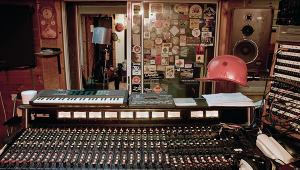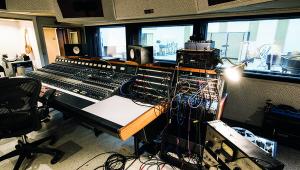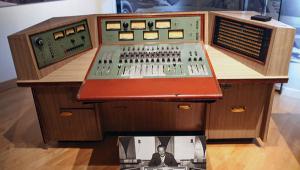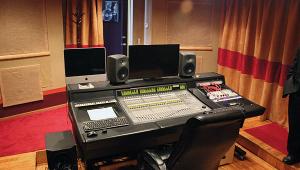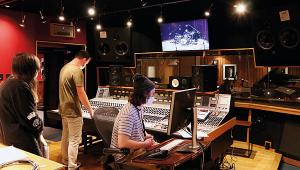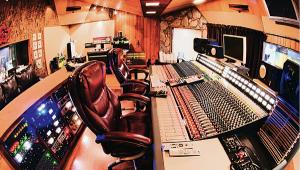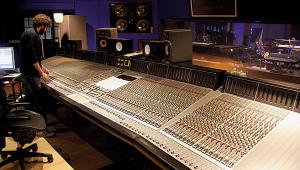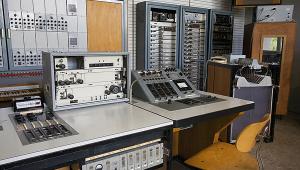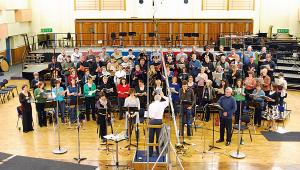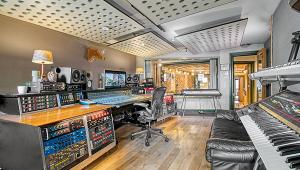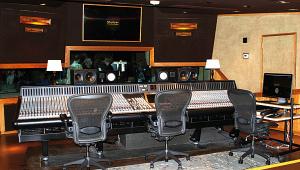Gold Star Studios Page 2
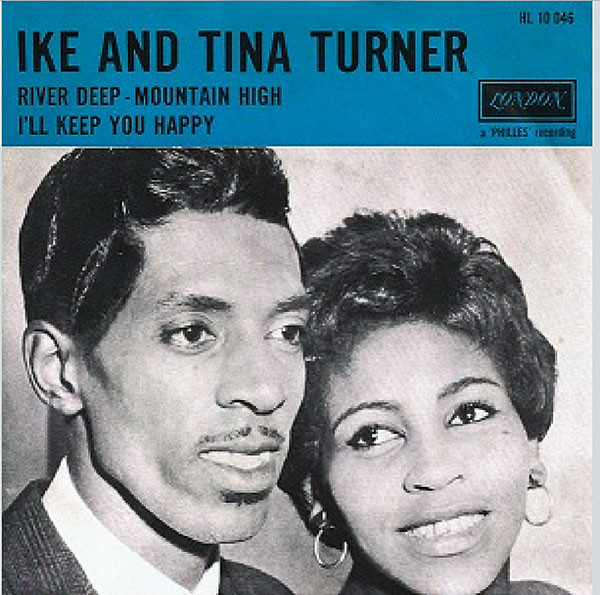
Gold Star was already a happening enterprise but it was the introduction of the echo chambers that really put it on the map. Built into an area of about 6.1m2, they were complementary trapezoids 5.5m in length, accessed by a series of tiny doors. They soon became the foundation of the sound for which the studios have been immortalised – Phil Spector's Wall of Sound.
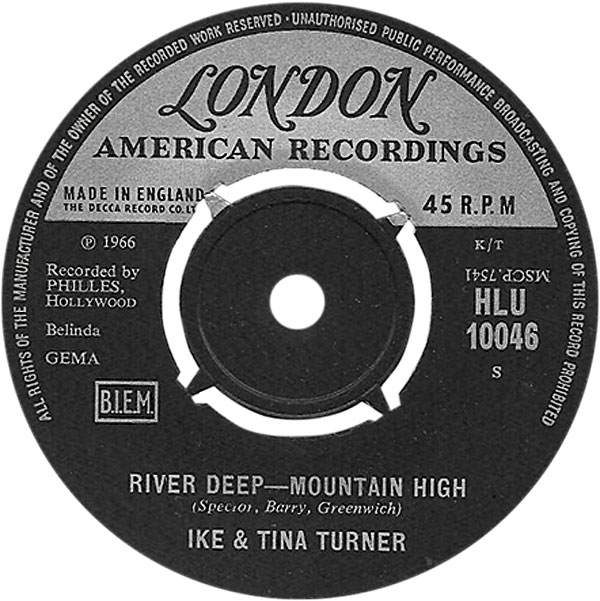
Crew Cuts
The other main ingredient was what has been described as the dense orchestral aesthetic that made 'Be My Baby', The Crystals' 'Da Doo Ron Ron', Ike And Tina Turner's 'River Deep Mountain High', The Righteous Brothers' 'You've Lost That Lovin' Feeling' and other Spector classics unique. 'I was looking for a sound', the producer said in 1964, 'a sound so strong that if the material was not the greatest, the sound itself would carry the record. It was a case of augmenting, augmenting... It all fit together like a jigsaw'.
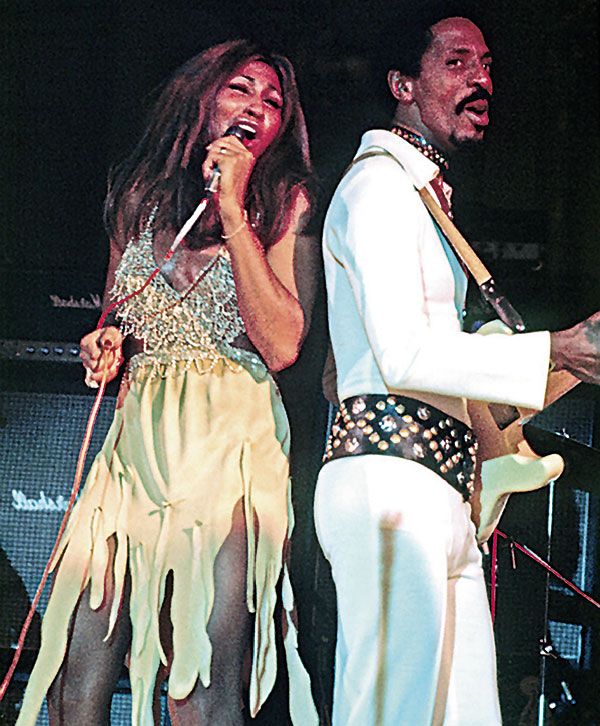
How he achieved this was by gathering together for very long shifts a mass ensemble of trusted musicians who came to be known as The Wrecking Crew. Members included Hal Blaine, Jim Gordon and Jim Keltner (drums), Carol Kaye and Larry Knechtel (bass), James Burton, Glen Campbell and Barney Kessel (guitar), Leon Russell and Mac Rebbenack (keyboards) and Jack Nitzsche (arrangements). Spector would have them all playing together, doubling or tripling parts so that, say, an acoustic piano, electric keyboard and a harpsichord would become one indistinguishable sound – 'a Wagnerian approach' in the words of Spector.
The performance was transmitted to the echo chambers where the signal from the studio was played through the speakers, reverberating through the room before being picked up by the microphones. The echo-laden sound was then captured on a pair of Ampex 350 tape recorders back in the studio's control room.
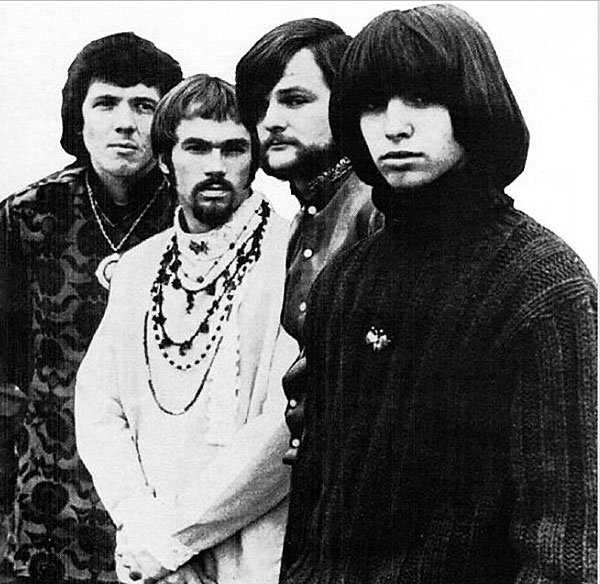
Despite the growing trend toward multi-channel recording this was a mono process because Spector was vehemently opposed to stereo releases. He claimed that it took control of the record's sound away from the producer in favour of the listener, resulting in an infringement of the Wall of Sound's carefully balanced combination of sonic textures as they were meant to be heard.
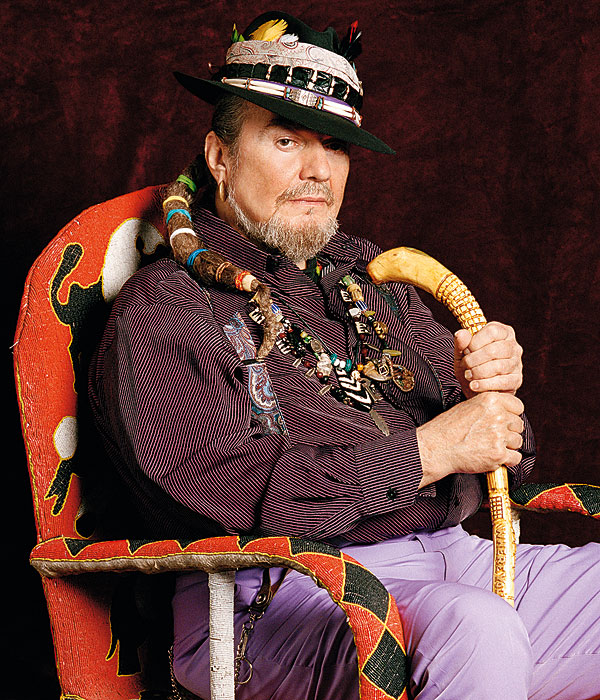
This was a theory shared by Brian Wilson, who was so besotted by Spector's process that he moved into Gold Star while creating The Beach Boys' classic Pet Sounds. 'I look at sound like a painting', he said. 'You have a balance and the balance is conceived in your mind. You finish the sound, dub it down, and you've stamped out a picture of your balance with the mono dubdown. But in stereo, you leave that dubdown to the listener – to his loudspeaker placement and loudspeaker balance. It just doesn't seem complete to me.'
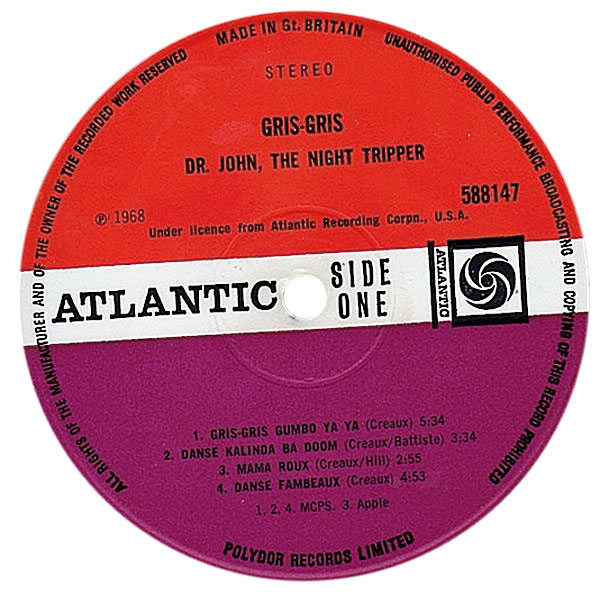
We don't have anywhere near the room here to list all the amazing records that emerged from Gold Star but here's a wee taster: The Champs' 'Tequlia' (1958); Ritchie Valens' 'Donna'/'La Bamba' (1958); Dobie Gray's 'The In Crowd' (1964); Iron Butterfly's 'In-A-Gadda-Da-Vida' (1968); Dr John, The Night Tripper's Gris-Gris (1968); and Ramones' End Of The Century (1980).
Writing On The Wall
Due to a drastic downturn in business, Gold Star closed its doors in 1984 and soon after it was destroyed by fire. Today there's a mall where the studio stood.
In his autobiography Waging Heavy Peace, Neil Young remembers: 'One day in the '80s, Stan Ross sold Gold Star. Those Wall of Sound days were gone and it was real estate. Stan called me and asked me if I would like to buy the echo chamber. I said no. I regret that. I felt it would never be the same if it was moved. I think I was right, but now I'm haunted by that decision. The legendary chamber was an abandoned meat locker.'
Looking back on the studio in 2015, David S Gold revealed: 'I have one small piece of that chamber left. I made sure it was destroyed when we closed Gold Star because they were one of a kind'.
